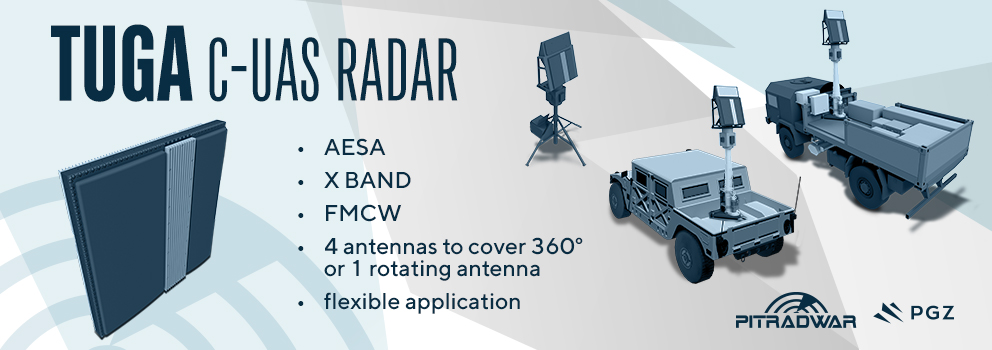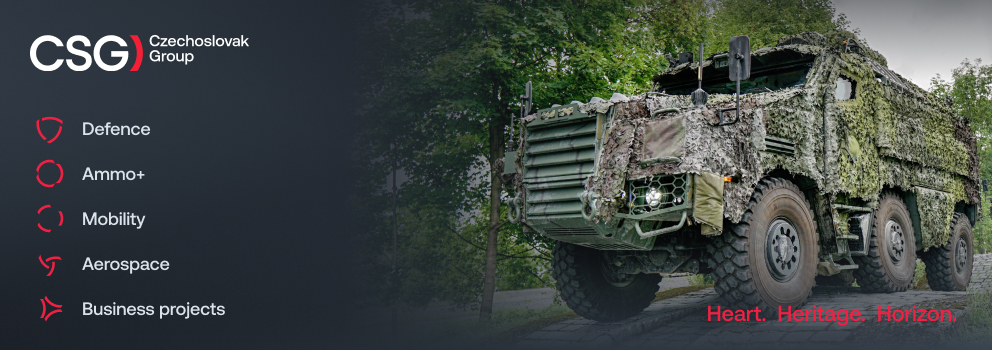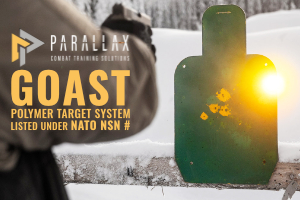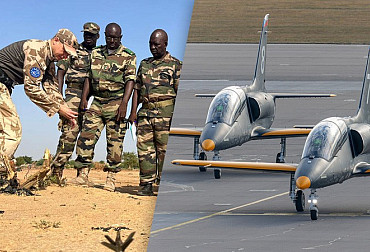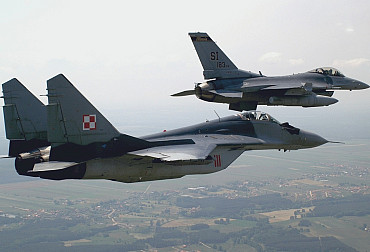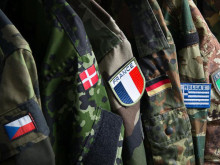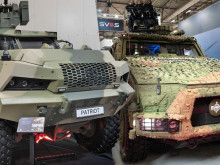Modernization of the Czech Air Defense System: Is the SPYDER system sufficient, or just an interim measure?
The security environment in Europe and the wider Euro-Atlantic area has undergone fundamental changes over the past decade. The key impetus was Russia's annexation of Crimea in 2014 and the subsequent hybrid war in eastern Ukraine, which escalated into a full-scale conventional invasion of Ukraine by Russia in 2022. The conflict in Ukraine, among other things, has demonstrated the importance of modern air defense (AD) not only for protecting the battlefield, but also for protecting civilian infrastructure. The massive deployment of cruise missiles, short-range ballistic missiles, unmanned aerial vehicles (UAVs), and so-called loitering munitions (e.g., Shahed-136) has fundamentally changed the spectrum of air threats.
SPYDER system – technical and operational profile
SPYDER is a modern short- to medium-range air defense missile system developed by Rafael Advanced Defense Systems in cooperation with Israel Aerospace Industries (IAI). It uses proven Python-5 and Derby air-to-air missiles, modified for ground launch platforms, and offers high flexibility, fast response, and the ability to counter a wide range of air threats.

SPYDER was designed as a modular and export-friendly system capable of deployment in various geographical and operational conditions. It is manufactured in two basic variants: 1) SPYDER-SR (Short Range) – range up to approx. 20 km, engagement altitude up to 9 km. 2) SPYDER-MR/ER (Medium Range/Extended Range) – range up to 40–80 km, engagement altitude up to 16 km. The Czech Republic has purchased the SPYDER-MR version, which provides greater range, better coverage, and higher resistance to airspace saturation. It uses two types of guided missiles: 1) Python-5 – an infrared-guided missile with high maneuverability, capable of “lock-on after launch” (LOAL) and “lock-on before launch” (LOBL). Thanks to its 360° sensor and high accuracy, it is effective against aircraft, UAVs, and some types of guided missiles. 2) Derby / Derby-ER – an active “fire-and-forget” radar-guided missile with a range of up to 80 km in the ER version. Thanks to its radar, it can operate in conditions of heavy interference and is suitable for engaging fast targets at longer ranges. An advantage is the ability to combine both types of missiles in a single launch platform, which increases the tactical flexibility of the system.
The EL/M-2084 MMR (Multi-Mission Radar) developed by ELTA Systems (part of IAI) plays a key role in the system. It is an active AESA radar capable of detecting targets at a distance of over 100 km, tracking dozens of targets simultaneously, and evaluating trajectories in real time. Among other things, the MMR is also part of the Iron Dome system, which attests to its reliability.
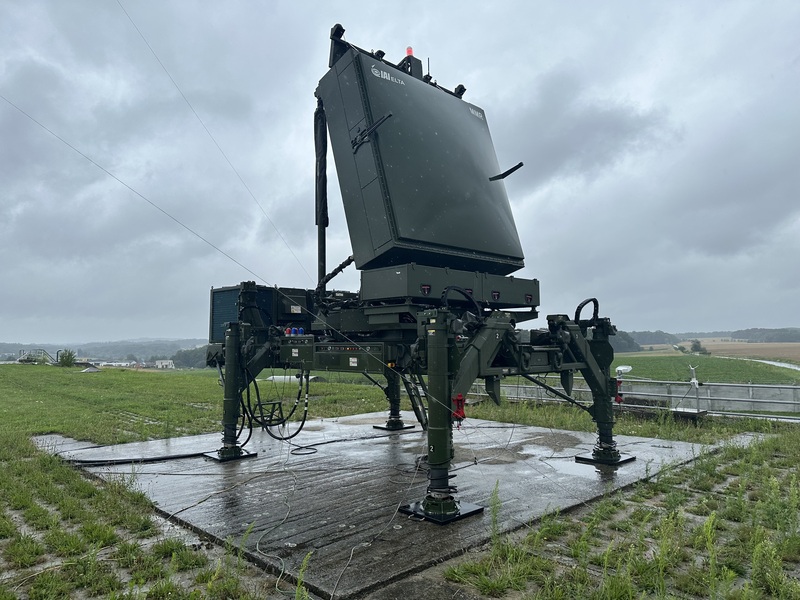
The SPYDER system's reaction time is in the order of seconds (typically 5 to 10 seconds), depending on the operating mode and readiness. SPYDER is fully integrable into NATO's higher-level C4I (Command, Control, Communications, Computers, and Intelligence) structures. This allows it to be part of a unified air defense system and controlled from a higher command level, which is essential for alliance interoperability.
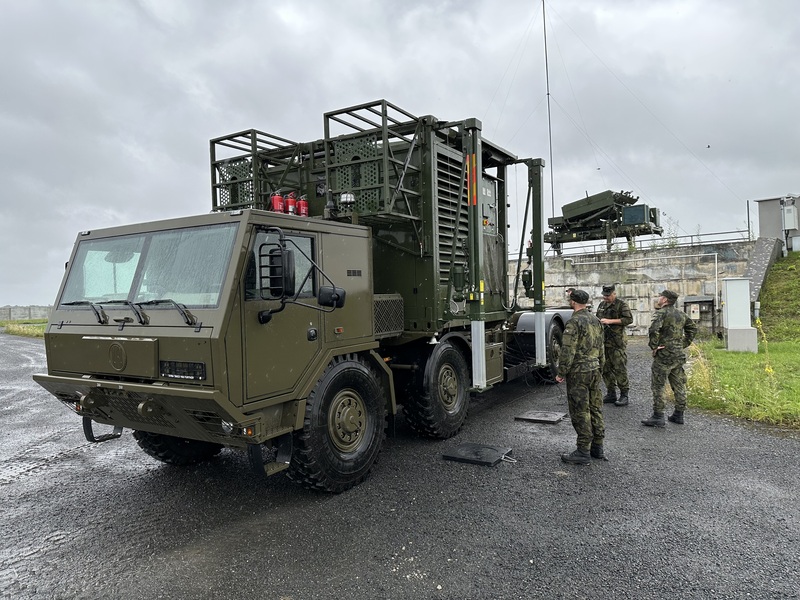
At the same time, it is fully mobile, based on Tatra chassis, which ensure high mobility in demanding terrain and on the road. SPYDER can be deployed into combat position within minutes, which significantly increases its survivability in modern battlefield conditions, where rapid movement and deployment are crucial. The coverage range of a single battery depends on the configuration, but it can cover an airspace of approximately 40–60 km in diameter, with the possibility of linking multiple battery zones. In terms of target types, it is capable of detecting low-flying and maneuvering aircraft and helicopters, small unmanned aerial vehicles (UAVs), guided missiles with a flat trajectory (e.g., Kh-55, Kalibr), and potentially some types of artillery and rocket ammunition (capabilities against these targets are limited but realistic).
How adequate is the SPYDER system?
The introduction of the Israeli SPYDER system represents a major step forward in the modernization of the Czech Army's air defense. It significantly exceeds the capabilities of the previous 2K12 KUB system, especially in terms of mobility, accuracy, reaction time, and integration into allied command structures. Nevertheless, the question remains open as to whether SPYDER really represents a sufficient and comprehensive solution, or whether it is an intermediate step that will need to be supplemented by additional air defense layers in the future.
SPYDER-MR is located on the border between short and medium range. Compared to classic SHORAD systems, it has significantly greater range and capabilities. On the other hand, it does not achieve the parameters of “full-fledged” medium- and long-range systems such as SAMP/T or Patriot PAC-3. Its advantage is its flexibility and ability to protect selected objects in tactical areas – bases, headquarters, airports, warehouses, but also units on the move. On the other hand, it is not capable of providing comprehensive coverage of a larger area, which limits its use in terms of strategic national defense. The Czech Republic has purchased four SPYDER batteries, which in practice will only allow for the creation of a few isolation zones, rather than comprehensive defense of the entire country. If deployed around the most critical objects (e.g., Prague, military bases, Temelín/Dukovany), large parts of the territory would remain without direct coverage. SPYDER therefore fulfills the task of point protection of selected strategic locations rather than the role of a national missile defense shield. To achieve broader protection, it would be necessary to either increase the number of batteries or supplement them with additional layers with greater range. The future direction of the Czech air defense system should be based on a scenario of building a multi-layered defense, where SPYDER forms the tactical layer, while the strategic layer will be provided by systems with greater range and the ability to counter ballistic threats.
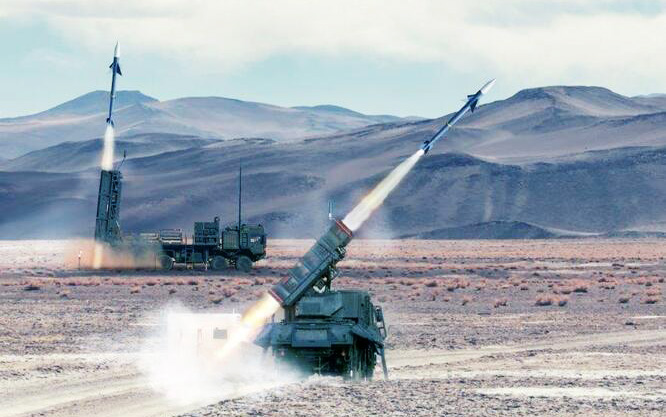
The Czech Republic is currently striving to be an active player in European security and defense policy. In recent years, air and missile defense has become one of the main pillars of the new European security architecture. Cooperation between EU member states, which previously seemed difficult to achieve, is now taking shape, particularly through the German-led European Sky Shield Initiative (ESSI), which aims to create a multi-layered European shield against air threats. The Czech Republic joined this initiative in 2022, and although the SPYDER system is not part of the primary armament planned under the ESSI, its integration into the defense infrastructure represents a significant step towards alliance interoperability and the transfer of capabilities to the European framework.
Another important aspect is the possibility of joint operation and sharing of air defense capabilities with neighboring countries. From a geographical and political point of view, more intensive cooperation is possible, especially with Slovakia, Poland, and Germany—countries that already have or are planning to acquire higher-tier systems (Patriot, IRIS-T). Such a partnership could lead not only to the sharing of sensor and communication data, but also to the effective division of responsibilities in the protection of specific sectors, including joint training and logistical support. With its rapid response and mobility capabilities, the SPYDER system can play an important tactical role in this context, for example in protecting critical infrastructure, command posts, or military bases.
The recommendations for the further development of the Czech air defense system are therefore clear: continue to build a multi-layered system that includes both tactical and strategic defense elements; continue cooperation within the ESSI and NATO; ensure their interoperability and standardization; invest in training, infrastructure, and shared logistics. At the same time, it is necessary to reflect on technological developments – especially in the areas of hypersonic weapons, mass attacks by unmanned aerial vehicles, and network-connected defense – and adapt both the selection of technologies and organizational structures accordingly.
Overall, it can be said that the SPYDER system is an important first step, but it also points to the broader needs of Czech defense. It has paved the way for modernization, increased resilience to current threats, and restored the Czech Armed Forces' ability to defend their airspace, but only follow-up steps will determine whether the Czech Republic will be able to stand up to future security challenges as an active and reliable member of the international security system.
